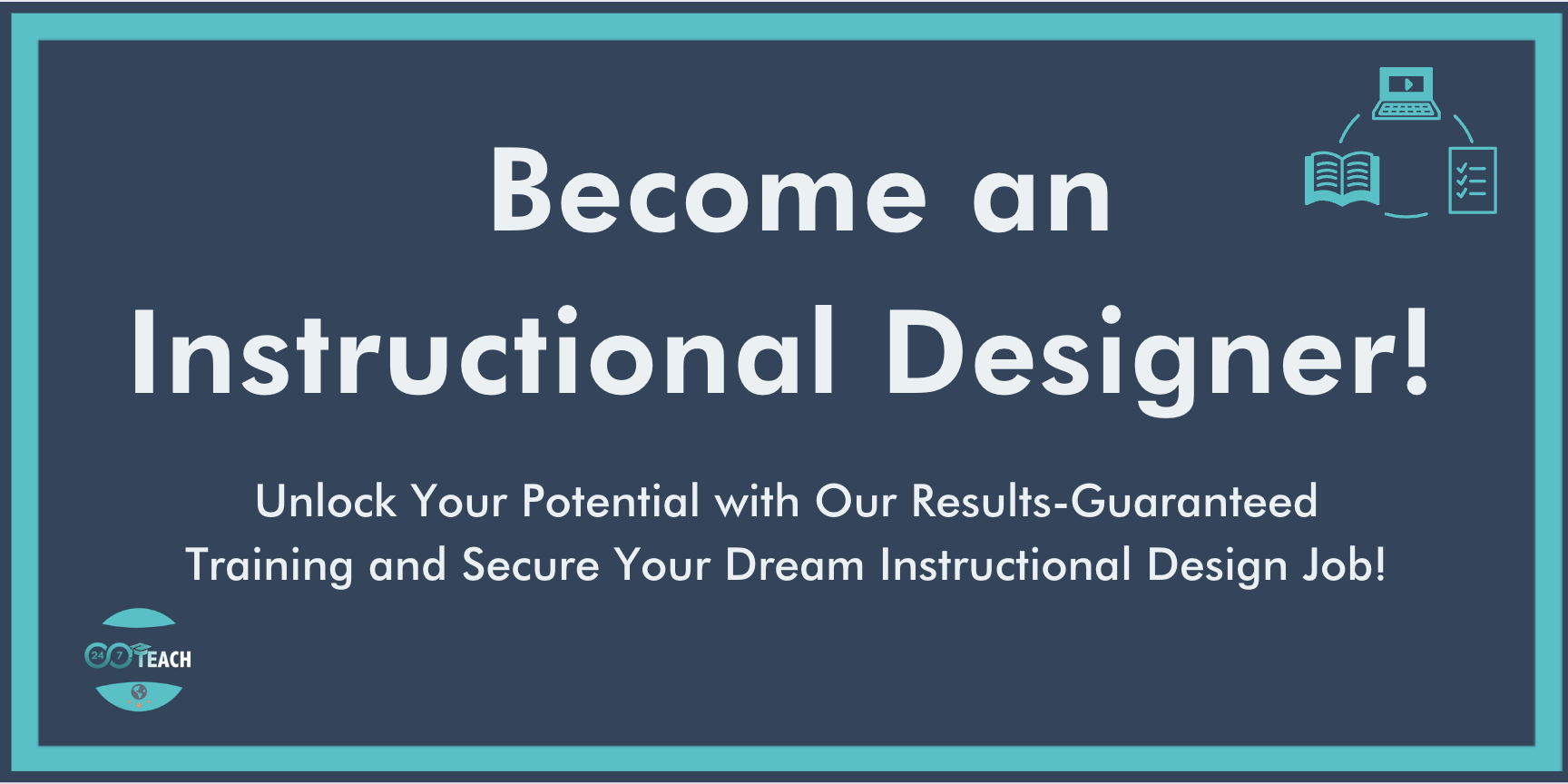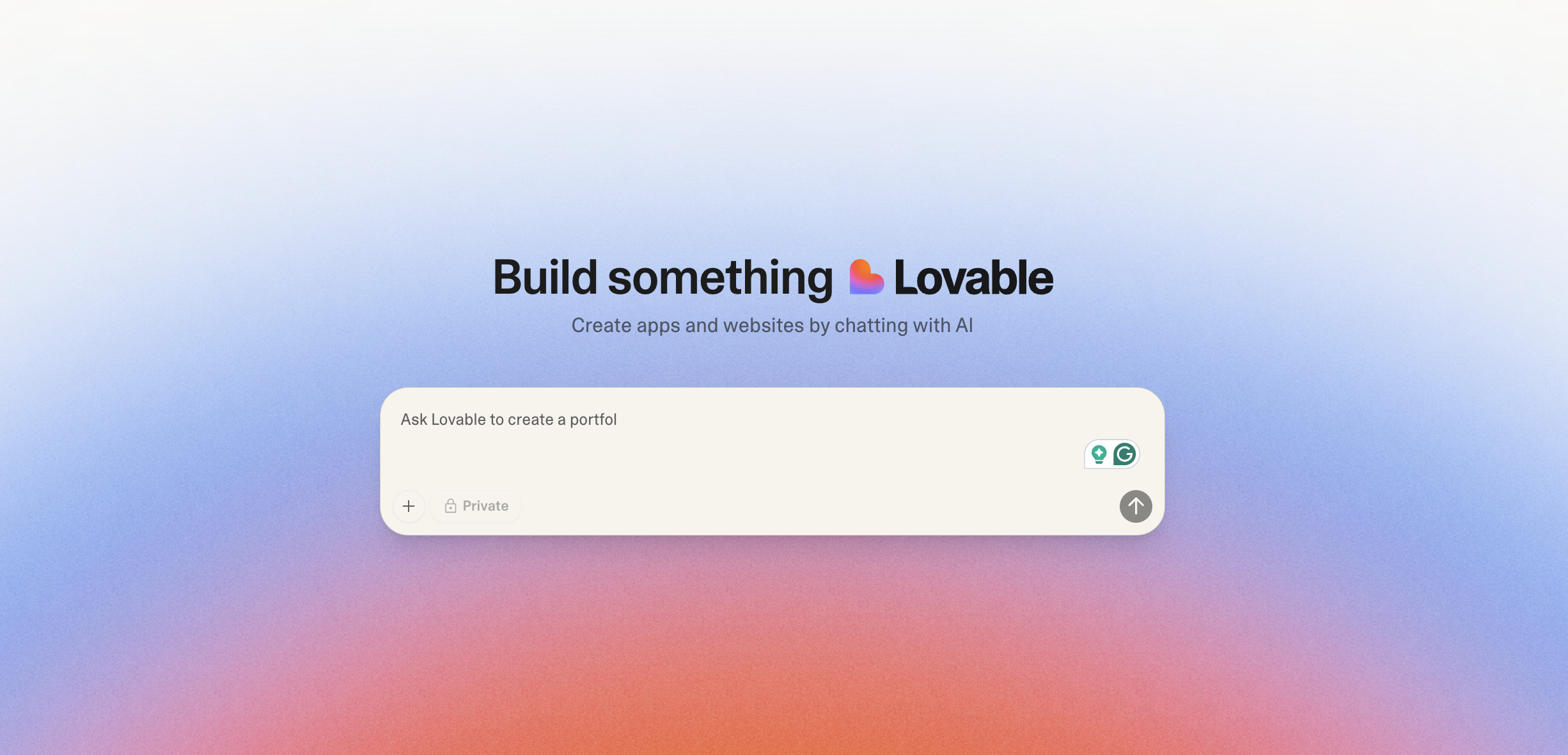The Simple Guide to Visual Design in Education you Must Read
By Anthony Miller
Instructional Designer and Hiring Manager
Prefer to listen to this post? Click below.
Navigating the Digital Shift:
In the digital era, where e-learning has taken center stage in educational methodologies around the globe, mastering the art of multimedia content creation is not just an advantage but a necessity. The evolution of educational systems demands materials that are not only informative but also captivating and accessible to a diverse audience. Central to this transformation is the groundbreaking work of Richard E. Mayer on multimedia learning, offering a blueprint for educational content that resonates with today's learners. This extensive exploration into Mayer's insights and their practical applications in digital learning resources aims to equip instructional designers and educators with the knowledge to harness the full potential of multimedia in education.
The Core of Mayer's Multimedia Learning Theory
Mayer's multimedia learning theory is underpinned by three pivotal assumptions that describe how individuals assimilate information:
The Dual Channel Assumption suggests that humans process information through two distinct paths: auditory/verbal and pictorial/visual. This duality in processing underscores the importance of designing educational content that simultaneously engages both channels to facilitate effective learning.
The Limited Capacity Assumption highlights the finite space in our working memory for processing information. This constraint necessitates careful consideration of cognitive load in the design of educational materials to avoid overwhelming learners.
The Active Processing Assumption posits that meaningful learning is achieved when learners actively engage with the material, integrating new information with their pre-existing knowledge base.
Building on these foundational insights, Mayer proposes a series of design principles to optimize the educational efficacy of digital resources.
Unlocking Mayer's Design Principles for Enhanced Learning
Multimedia Principle: Integrating words and images is more beneficial for learning than words alone. This synergy is crucial for novices, although balancing animations and videos is vital to preventing cognitive overload.
Spatial Contiguity Principle: Learning significantly improves when related text and images are presented closely. This spatial arrangement minimizes the cognitive strain of integrating separate information pieces.
Temporal Contiguity Principle: Concurrent presentation of verbal and visual information, as opposed to sequential, enhances understanding by streamlining the integration process across auditory and visual channels.
Coherence Principle: Excluding extraneous words, images, and sounds reduces unnecessary cognitive load, allowing learners to focus on the essential material.
Signaling Principle: Directing attention to crucial elements of the learning material enhances comprehension. This can be achieved through visual cues, highlighting, or other graphical methods.
Redundancy Principle: A balance between animation and descriptive audio tends to be more effective than combining animation, audio, and on-screen text, which can overload the visual channel.
Segmenting Principle: Breaking content into manageable chunks prevents cognitive overload, making complex information more digestible.
Pre-training Principle: Introducing key concepts prepares learners with little prior knowledge, reducing cognitive load during the main learning session.
Modality Principle: Audio narration paired with animations or videos enhances learning more effectively than on-screen text, minimizing visual channel overload.
Personalization & Voice Principles: A conversational tone and human voice make learning materials more engaging and relatable, fostering a more profound learning experience.
Individual Differences Principle: Tailoring content to accommodate learners' varying prior knowledge and spatial ability can significantly improve learning outcomes.
Crafting Compelling Educational Videos: A Modern Imperative
Videos have emerged as a cornerstone of effective teaching strategies in digital education, transcending traditional classrooms to redefine learning experiences. However, creating videos that genuinely impact learning requires adherence to strategic design principles considering cognitive, instructional, and engagement factors.
Storyboard and Scripting: The blueprint of any educational video begins with a detailed storyboard and a well-crafted script. These preparatory steps ensure a coherent narrative, effectively blending instructional content with visual elements.
Assessing the Medium's Efficacy: Before embarking on video production, evaluating whether video is the most suitable medium for the educational goals at hand is essential, considering the active engagement and constructivist approaches to learning.
Cognitive Load Management: Aligning with Mayer's multimedia learning principles, video content should be designed to manage cognitive load efficiently, ensuring learners can process and integrate information without being overwhelmed.
Engagement Strategies: Engagement is paramount. Short, dynamic videos, personalization, instructor presence, and interactive elements like drawings or animations can significantly enhance learner engagement and retention.
Conclusion: Elevating Digital Education
Richard E. Mayer's insights into multimedia learning form a cornerstone of modern educational content design, offering a roadmap for creating engaging, effective, and accessible digital learning experiences. By weaving together the threads of cognitive psychology, instructional design, and digital media, educators and instructional designers have the tools to transform the educational landscape. As we navigate the complexities of digital education, Mayer's principles serve as beacons, guiding us toward creating learning experiences that inform, inspire, and captivate the digital learner. In embracing these principles, we unlock the potential to shape a future where digital education transcends boundaries, making learning an enriching journey for all.
Discussion Question:
Join the conversation and participate with the 24/7 Instructional Design community by answering the DQ in the comment section below:
How can instructional designers and educators balance the need for engaging multimedia content with the risk of cognitive overload, particularly in contexts where learners have diverse levels of prior knowledge and varying abilities to process visual and auditory information?
Need Guidance on Navigating the Shift to Instructional Design?
Before You Go...
Discover the Unmatched 24/7 Teach Experience:
Our Instructional Design bootcamps and career coaching services have a 100% success rate. We redefine learning by immersing you in practical, hands-on projects, ensuring you acquire vital professional expertise while making a meaningful difference in your community.
Unlock your true potential today with 24/7 Teach and invest in your future.











